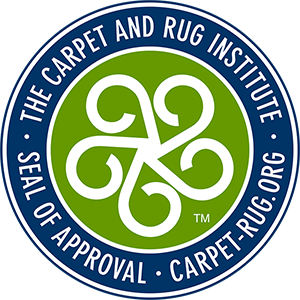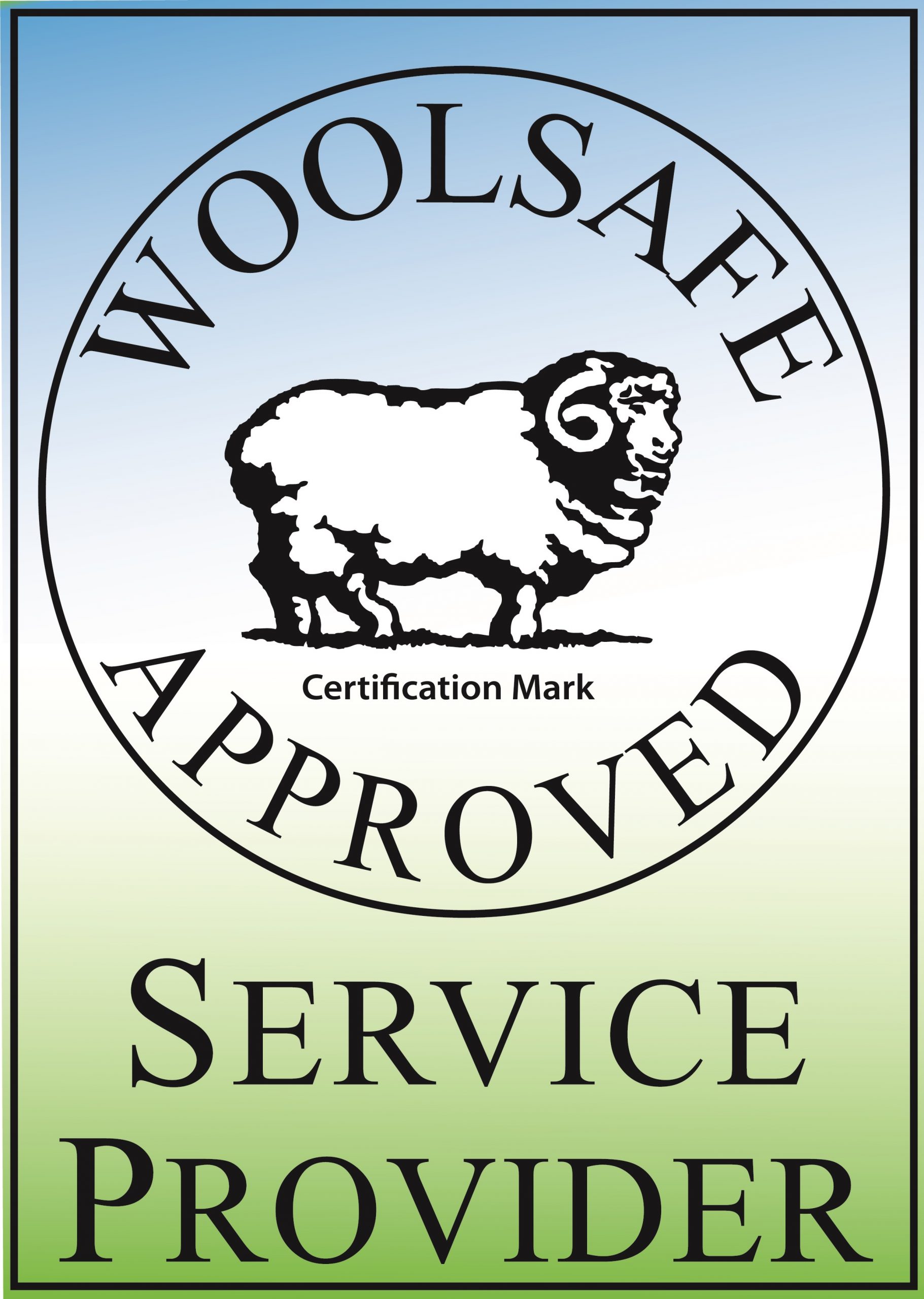
Online Oriental And Persian Area Rug Appraisals
Would you like to know more about the old rug you picked up at the local flea market? Do you have an area rug that has been passed down in your family, and you’d like to know what kind it is or some historical information on this textile? Or perhaps you’d like to know the value of a rug you currently own out of curiosity or for insurance purposes.
The following data points will provide insight into how a professional appraiser values your Oriental, Persian, Turkish, or other hand-knotted rugs.
Condition
The most highly emphasized consideration when it comes to determining the value of a hand-knotted Oriental or Persian rug is its condition relative to its age. The older a rug is, the better condition it is in, and its rarity, the more valuable it will be on the market.
An appraisal will take into consideration any damage to the textile, such as discoloration, fading, wear, fraying, holes, burns, stains, and other such compromises to the rug’s quality of appearance and function.
If your rug is not in top-notch condition, all is not necessarily lost. In some cases in which a piece is particularly old, rare, and sought after, it may still be worth quite a lot even if it does have some flaws from the wear of time. Likewise, just because your item is in like-new condition, this does not mean it will be high in value if it is not particularly desirable to buyers on the market.
And one other caution. Just because you overpaid at the time of purchase does not mean the rug is worth what you paid for it.
Origin
The country in which a Persian, Turkish, or Oriental rug is made profoundly impacts its value.
Some regions, towns, villages, or workshops are historically well known and highly regarded for their craftsmanship and artistry in producing quality rugs, and thus with the name comes a reputation that will inherently possess a higher value.
For example, the Turkish village of Usak in Central Anatolia has been weaving carpets for centuries and today holds status as one of the most admired and much-valued places of origin in terms of weaving.
Rugs woven in Turkey today require a great deal more time, finishing processes, and skill than most other contributors to the market. Wool must be handspun and dyed in small batches of different colors, and Turkish labor is thus more expensive. Alongside this, the fact that an item bears the label of an authentic Usak rug will ensure that its value will be enduringly high.
Materials and craftsmanship
Not only do the materials and craftsmanship utilized in the making of a textile directly affect its aesthetic appeal, but they are also significant components in determining its value as well.
Most often, the materials used in the making of hand-knotted rugs will be camel hair, goat hair, wool, cotton, silk, and metal threads. In recently made rugs, materials may be present such as banana silk, cactus silk, and even some synthetic substances.
To accurately determine a rug’s worth, it is necessary to be able to identify the grade and quality of wool or silk used. Regions located in areas of higher elevation source their wool from sheep with more dense and substantial coats, which allow for a more sumptuous rug pile. Handweaving the wool as opposed to doing so by machine will also result in a softer, smoother pile; all of these factors will be noticeable in the quality of the rug.
Other factors
The knot density of a rug will also affect its worth. Even today, most weaving patterns are unique to specific regions; however, in some areas where labor is cheaper, weavers are instructed to use knots that are not local to the area.
Also, as a result of this profit-driven approach to weaving, wools of lesser quality and density will be used, and knots will be tied in a deficient manner; these pieces will not be as durable and resilient against the test of time. A rug of lesser quality such as this will be identifiable by its flexibility when handling it, whereas a high-quality rug will feel sturdier and more difficult to bend.
When it comes to the coloring of a rug, natural dyes are without exception preferred to synthetic ones; this is due to the more earthy appearance of the colors, as well as the expertise and knowledge required to complete the complicated process of their creation. This additional labor and limited availability of those who possess the training to make these colors contribute to the textile’s value.
Appraisal
As is the case with many other works of art and collectibles, and especially in the case of oriental rugs, the more authentic the better. However, the only way to truly identify and ascertain whether or not your rug is of a highly regarded caliber is to seek a professional appraisal.
Only an expert will be able to truly understand the nature of your rug, thus reducing the margin for error in determining its value as much as possible. Here at Oriental Rug Salon, our Rug Master and professional appraiser will be able to lead you on your journey to finding the value and history of your cherished Oriental, Persian, Turkish, or other hand-knotted wool or silk area rug.
Our Expertise
Oriental Rug Salon is a full-service cleaning, restoration, and area rug appraisal company serving all of SW Florida. We are a Certified Partner with the International Carpet & Rug Institute (CRI) and are A+ Rated by the Better Business Bureau. In addition, we are a seven-year-in-a-row-winner of the coveted Angie’s List Super Service Award. All of our cleaning efforts are by hand (no batch washing tubs here) under the watchful eye of an experienced-certified Rug Master.
For more information about Oriental Rug Salon, our appraisal, or restoration services, please visit us online at www.OrientalRugSalon.com or call us anytime at 239-424-8171. In most instances, we are able to appraise rugs online with no need to bring the area rug in. We perform area rug appraisals nationwide and the average turn-around time is 4-7 days.
You can also visit us on our Facebook Page at https://www.facebook.com/OrientalRugSalon



